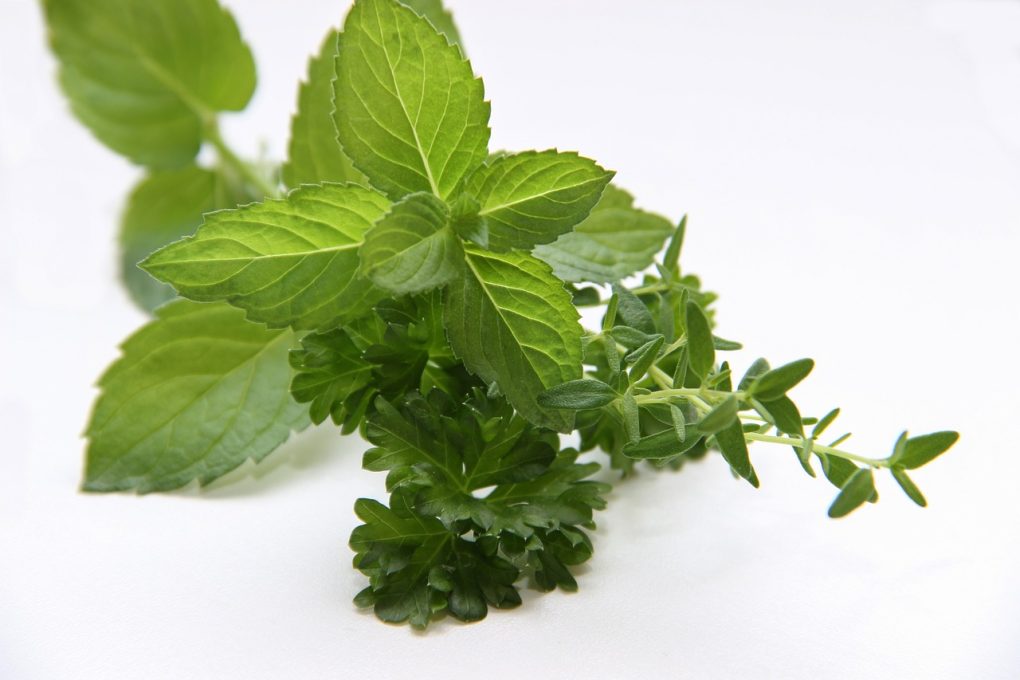
The debate between jasmine rice vs brown rice is a hotly contested one. Whether you’re a health nut, a carb-lover or a fitness fanatic, you’re probably familiar with the concept of jasmine rice and brown rice. But which is the better option? In this ultimate guide, we’ll look at the nutritional differences between jasmine rice and brown rice, explore the various health benefits of each, and ultimately, help you decide which is the better choice for you.
What is Jasmine Rice?
Jasmine rice, a renowned variety of long-grain rice, is cherished for its captivating aroma, tender texture, and subtle taste. With origins rooted in Thailand and other Southeast Asian nations, it emanates a fragrant essence when cooked. This delectable rice possesses a slightly sticky quality that enhances its versatility in a myriad of Asian culinary creations, including savory stir-fries, aromatic curries, and delightful rice-based desserts. Its delicate floral fragrance and tender consistency make it an exquisite addition to any gastronomic adventure.
What is Brown Rice?
Brown rice, a wholesome grain, boasts a natural and unrefined state that sets it apart. Unlike its polished counterparts, it retains the outer bran layer and germ, endowing it with a tan hue and a chewy texture. This nutritious treasure trove is replete with fiber, vitamins, and minerals, offering an array of health benefits. With its earthy and nutty flavor, brown rice adds depth to dishes, from hearty grain bowls and nourishing pilafs to delectable rice puddings. As a whole grain alternative, it champions a wholesome approach to culinary delights, promoting vitality and well-being.
Jasmine Rice vs Brown Rice:Main Differences Explained

Nutrition Comparison of Jasmine Rice vs Brown Rice
When it comes to nutrition, jasmine rice and brown rice have some similarities but they also have some distinct differences. Here’s a quick breakdown of the nutritional comparison of jasmine rice vs brown rice:
- Calories: Both jasmine rice and brown rice contain about 216 calories per cup when cooked.
- Carbohydrates: Jasmine rice has about 43 grams of carbohydrates per cup, while brown rice has about 50 grams of carbohydrates per cup.
- Fiber: Brown rice has about 3.5 grams of fiber per cup cooked, while jasmine rice has about 0.6 grams of fiber per cup cooked.
- Protein: Both jasmine rice and brown rice contain about 4.5 grams of protein per cup when cooked.
- Fat: Jasmine rice has about 0.4 grams of fat per cup cooked, while brown rice has about 1.8 grams of fat per cup cooked.
| Nutritional Components | Jasmine Rice (Cooked, 1 cup) | Brown Rice (Cooked, 1 cup) |
|---|---|---|
| Calories | 216 | 216 |
| Carbohydrates (g) | 43 | 50 |
| Fiber (g) | 0.6 | 3.5 |
| Protein (g) | 4.5 | 4.5 |
| Fat (g) | 0.4 | 1.8 |
Health Benefits of Jasmine Rice
The health benefits of jasmine rice include:
- Weight Loss: Jasmine rice is a low-calorie food, making it an excellent choice for those looking to lose weight.
- Heart Health: Jasmine rice is rich in magnesium, which helps to reduce the risk of cardiovascular disease.
- Digestive Health: Jasmine rice is high in fiber, which can help to promote healthy digestion.
- Blood Sugar Control: Jasmine rice is a low-glycemic food, meaning it has a low impact on blood sugar levels.
Health Benefits of Brown Rice
The health benefits of brown rice include:
- Weight Loss: Brown rice is high in fiber, which can help you feel fuller for longer and promote weight loss.
- Heart Health: Brown rice is a good source of magnesium, which helps to reduce the risk of cardiovascular disease.
- Digestive Health: Brown rice is a good source of dietary fiber, which can help to promote healthy digestion.
- Blood Sugar Control: Brown rice has a low glycemic index, which means it has a slow and steady effect on blood sugar levels.
Which is Better: Jasmine Rice vs Brown Rice?
When it comes to choosing between jasmine rice vs brown rice, there is no definitive answer. Both have their own unique health benefits and can be a healthy addition to any diet. Ultimately, the decision comes down to personal preference and dietary needs. If you’re looking for a low-calorie option, jasmine rice is a great choice. If you’re looking for a food with higher fiber and nutrient content, brown rice is a better option.
Conclusion
Jasmine rice and brown rice both have their own unique health benefits and can be a healthy addition to any diet. When it comes to choosing between jasmine rice vs brown rice, it ultimately comes down to personal preference and dietary needs. Whether you’re looking for a low-calorie option or a food with higher fiber and nutrient content, both jasmine rice and brown rice can be a beneficial addition to your diet.





